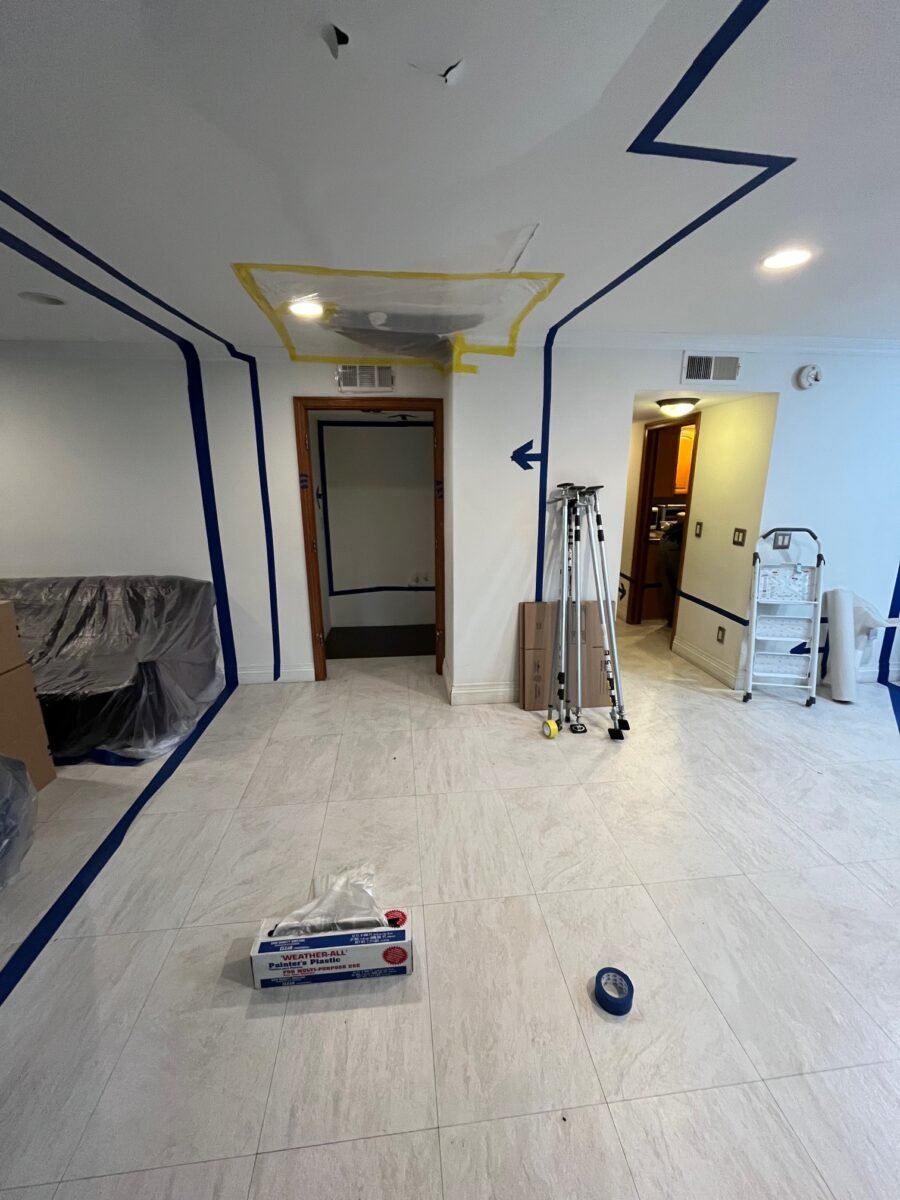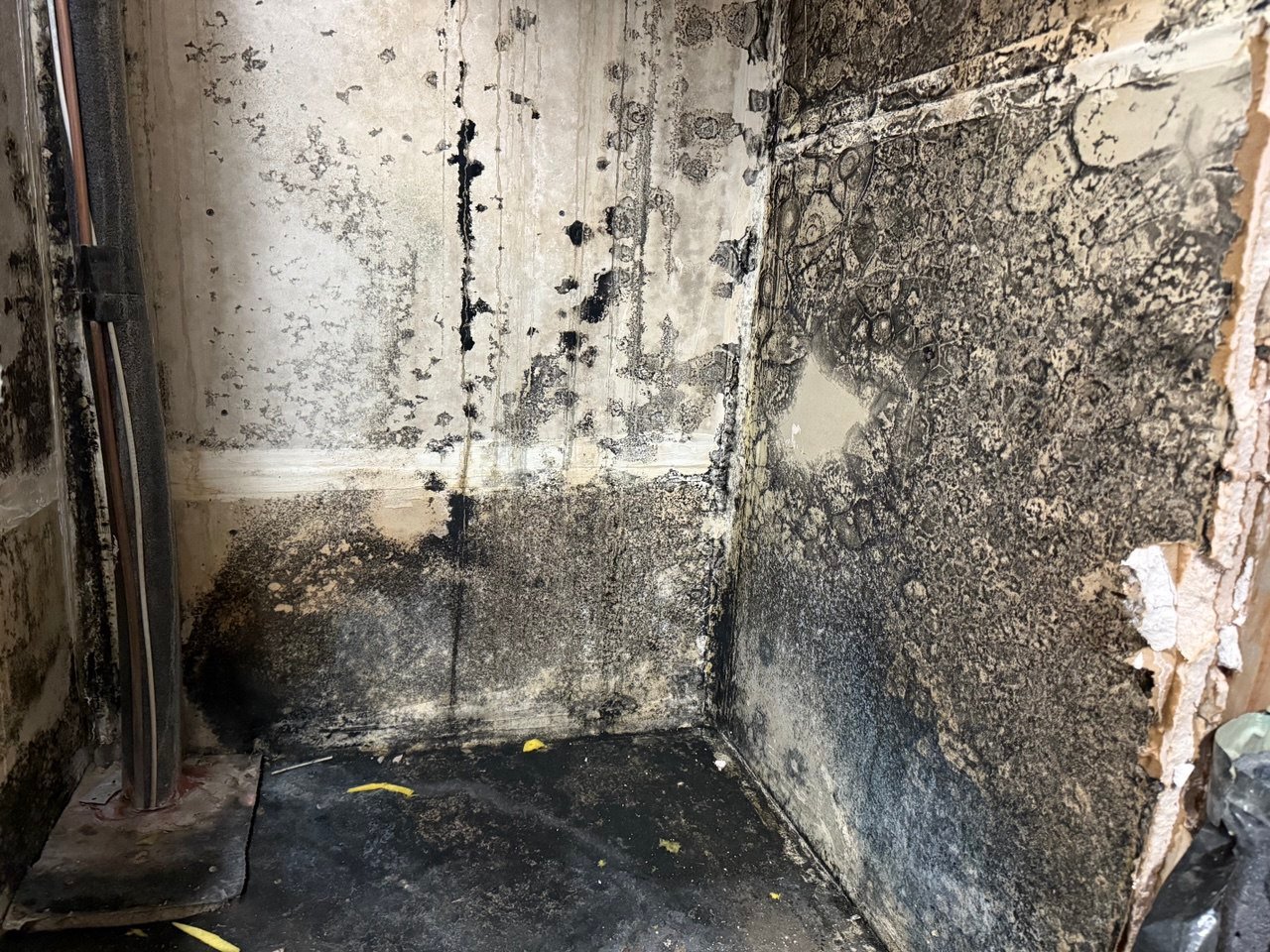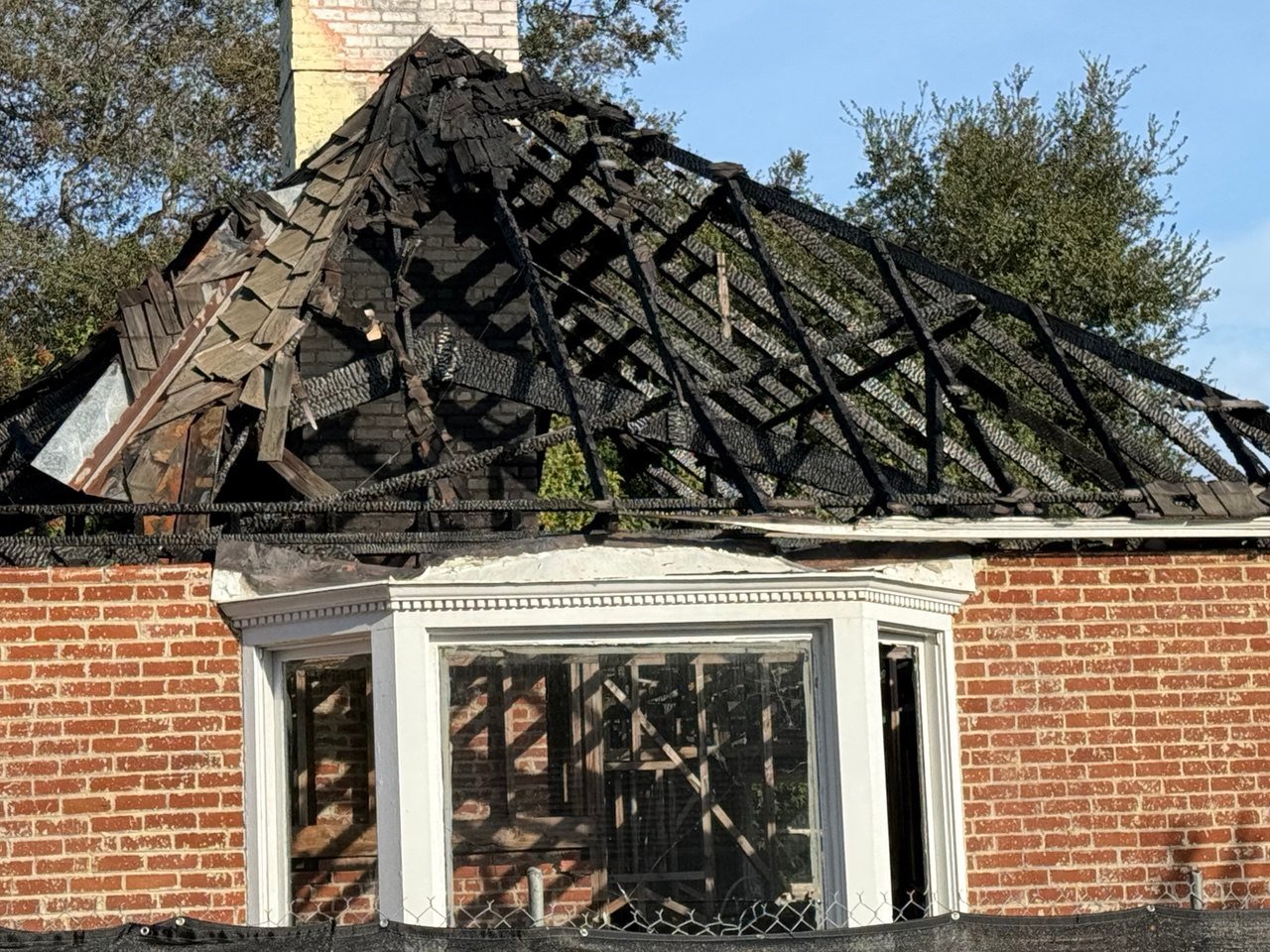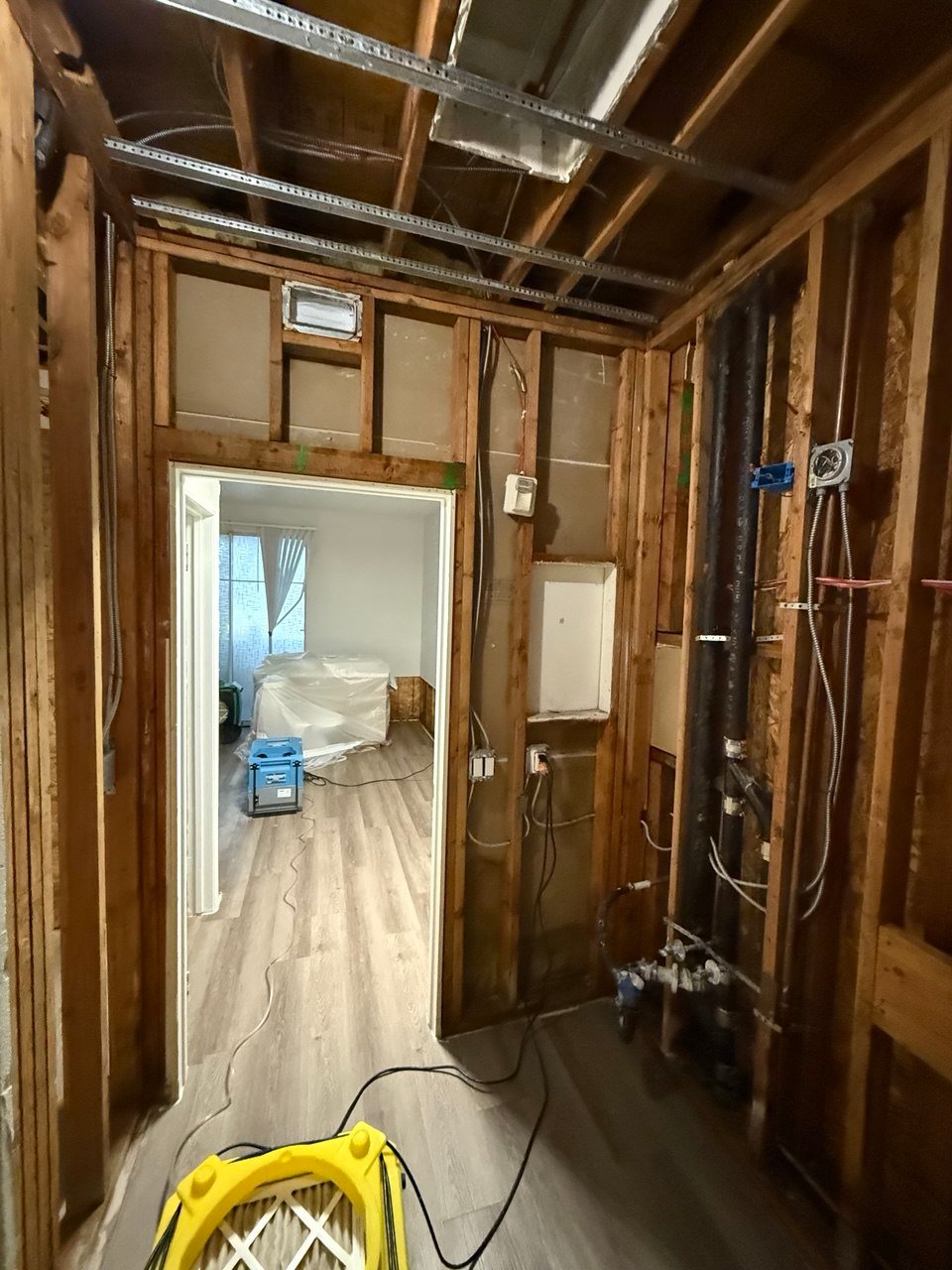When it comes to protecting your home, choosing the right insurance provider matters. Farmers homeowners insurance is one of the most trusted options for property owners who want reliable coverage against unexpected damage, loss, and liability. Whether you’re safeguarding a single-family home, condo, or rental property, homeowners insurance Farmers offers flexible policies designed to fit your lifestyle and budget.
Get Started
Service Form
At Onsite Pro Restoration, we’ve helped countless homeowners navigate claims under Farmers Insurance after water damage, fire, or mold remediation projects Understanding how homeowners insurance Farmers policies work—what they cover, what they don’t, and how to file a claim effectively—can make the difference between a smooth recovery and a stressful financial setback. This guide breaks down everything you need to know to make sure your home and belongings are properly protected under Farmers Insurance.
A Step-by-Step Guide to Filing a Farm Insurance Claim
When disaster strikes your home, knowing what to do next can make all the difference. Filing a claim under your homeowners insurance Farmers policy doesn’t have to feel overwhelming—especially when you understand the process. Whether you’re dealing with water damage, fire, or mold contamination, taking quick and organized action helps protect your property and ensures a smoother settlement with Farmers Insurance.
The most successful claims start with clear documentation, timely reporting, and open communication with your adjuster. This step-by-step guide walks you through how to file a Farmers homeowners insurance claim effectively, from your first call to final payout, helping you restore your home and peace of mind as efficiently as possible.

Secure the Scene and Prevent Further Damage
Your first priority after any home disaster is safety. Before touching anything, make sure everyone is out of danger and the area is safe to enter. If possible, shut off electricity or the main water supply to prevent additional hazards. Once the scene is secure, take steps to stop further damage—what insurers call “mitigation.” For example, if a pipe bursts and floods your living room, turn off the water and start drying the area with towels or fans. Farmers homeowners insurance policies require you to make reasonable efforts to protect your property before the adjuster arrives. Acting quickly not only helps your claim move smoothly but also demonstrates that you’re doing your part to minimize losses under your homeowners insurance Farmers policy.
Document Everything Immediately
Before you start cleaning or moving items, take time to document the scene thoroughly. Use your phone or camera to capture clear photos and videos from multiple angles, showing both the full scope and close-up details of the damage. These visuals become vital evidence when filing a homeowners insurance Farmers claim. Pro Tip: Don’t just record the damage—record the cause whenever possible. If a ceiling leak ruined your hardwood floors, take a short video that traces the water stains from the source to the floor. The clearer your documentation, the easier it will be for your Farmers homeowners insurance adjuster to understand what happened and process your claim accurately and efficiently.
Contact Your Insurance Agent Right Away
As soon as you’ve secured the scene, contact your Farmers homeowners insurance agent to report the loss. The faster you file your claim, the sooner your recovery can begin. Have your policy number ready, along with a brief, factual description of what occurred—whether it was a burst pipe, kitchen fire, or storm damage. Your agent is the first step in the process. They’ll walk you through what documentation is needed, connect you with a claims adjuster, and outline what to expect next. A prompt, well-documented report not only speeds up the process but also strengthens your homeowners insurance Farmers claim, helping ensure a fair and timely resolution.
Create a Thorough Property Inventory
This step can take some time, but it’s one of the most important parts of a successful homeowners insurance Farmers claim. A detailed inventory helps your adjuster understand the full scope of your losses and ensures you receive an accurate settlement. Start by going room to room, listing every damaged or lost item—from furniture and electronics to clothing and appliances. For each item, include a clear description, brand name, approximate age, and estimated value. Whenever possible, gather proof of ownership such as receipts, warranties, photos, or credit card records. These documents strengthen your Farmers homeowners insurance claim by verifying value and ownership. The more complete your list, the smoother your claim review will be and the faster you’ll receive reimbursement.
Prepare for the Adjuster's Visit
Once your homeowners insurance Farmers claim has been filed, a Farmers Insurance adjuster will schedule a time to inspect the damage in person. Preparation is key to a smooth inspection. Keep your photos, videos, receipts, and detailed inventory organized and ready to share. When the adjuster arrives, walk them through the property and point out every area you documented. Stay involved in the inspection—your input helps ensure nothing is overlooked. Be sure to record each interaction, noting dates, times, and what was discussed. Thorough documentation and clear communication strengthen your Farmers homeowners insurance claim and help you move toward a fair, timely settlement. For a deeper look at what happens next, see our guide on the typical insurance claim timeline.

What Your Farmers Homeowners Policy Doesn’t Cover
Understanding what your Farmers homeowners insurance policy doesn’t cover is just as critical as knowing what it does. While Farmers Insurance offers comprehensive protection for most common household risks, every policy has exclusions—specific situations or damages that fall outside its limits. Think of your policy as a sturdy fence: it’s designed to block the most common threats, but certain perils can still slip through.
Overlooking these built-in exclusions can lead to frustration when filing a claim, especially if you assumed the loss was covered. By learning where homeowners insurance Farmers coverage typically stops, you can plan ahead, add optional endorsements, or take preventive measures to avoid costly surprises. Let’s explore the most common coverage gaps homeowners should know about before disaster strikes.
Excluded Catastrophic Events
Even a solid Farmers homeowners insurance policy has its limits. Certain large-scale disasters are typically excluded because the potential damage is too extensive for a single insurer to handle. These high-impact events require their own specialized insurance coverage.
Here are the main exclusions to keep in mind:
Flood Damage: Losses caused by flooding—from heavy rain, storm surges, or overflowing rivers—are not covered under standard homeowners insurance Farmers policies. You’ll need a separate flood insurance policy through the National Flood Insurance Program (NFIP) or a private provider.
Earthquake Damage: Any destruction caused by ground movement, such as earthquakes, landslides, or sinkholes, is excluded. Homeowners in high-risk areas should consider adding a separate earthquake policy or endorsement to their Farmers Insurance coverage.
Nuclear Hazards: Damages from nuclear accidents, radiation, or contamination are universally excluded and cannot be added through endorsements.
These exclusions exist because such large-scale disasters require dedicated, federally supported insurance programs to manage the financial risk. Understanding these limits helps you fill coverage gaps before disaster strikes.
Gaps Related to Maintenance and Upkeep
Even with a strong Farmers homeowners insurance policy, there are limits to what’s covered. Your insurance is designed to protect you from sudden, unexpected losses—not ongoing maintenance problems or preventable damage. Farmers Insurance, like most carriers, expects homeowners to properly maintain their property to prevent gradual deterioration.
This means your homeowners insurance Farmers policy typically won’t cover:
Normal Wear and Tear: The natural aging of your roof, plumbing, appliances, or exterior surfaces over time is considered part of routine maintenance—not an insurable event.
Pest or Vermin Damage: Losses caused by termites, rodents, or insects are generally excluded because these infestations can be prevented with regular inspections and upkeep.
Intentional Acts: Any damage caused deliberately by you or someone listed on your policy is automatically excluded from coverage.
Understanding these limitations helps set realistic expectations and avoid surprises when filing a claim. For more insights into what’s covered and what isn’t, visit our Insurance FAQ section.
As premiums rise across the country—driven by severe weather and higher rebuilding costs—it’s more important than ever to understand exactly how your Farmers homeowners insurance policy works. The U.S. home insurance market is projected to surpass $73 billion in revenue by 2024, with premiums expected to climb another 9.3% in 2025, according to the 2025 Home Insurance Report.
Does Farmers Homeowners Insurance Cover Fire Damage?
Fire damage is one of the most devastating losses a homeowner can face—and one of the core protections offered by Farmers homeowners insurance. Standard homeowners insurance Farmers policies typically cover both the structure of your home and your personal belongings if they’re damaged or destroyed by fire, smoke, or even the water used to extinguish the flames.
Coverage often extends beyond the building itself. Farmers Insurance usually helps pay for temporary housing under “loss of use” coverage if your home becomes uninhabitable during repairs. Items such as furniture, appliances, clothing, and electronics are also protected under your personal property coverage.
However, there are limits and exclusions to keep in mind. Farmers, like most insurers, may not cover fire damage caused by neglect, code violations, or intentional acts. It’s also essential to maintain working smoke alarms and follow fire safety measures—insurers expect reasonable precautions to reduce risk.
In the aftermath of a fire, documentation and professional cleanup are critical. At Onsite Pro Restoration, we work directly with Farmers Insurance adjusters to ensure damage is properly assessed, soot and odor are fully removed, and your claim is backed by detailed inspection and restoration reports.
Having the right coverage and the right restoration team ensures that when the unexpected happens, your recovery is faster, smoother, and fully supported.


Does Farmers Homeowners Insurance Cover Water Damage?
Water damage is one of the most frequent—and confusing—types of claims under Farmers homeowners insurance. Coverage depends on how the water entered your home. Generally, if the damage is sudden and accidental—like a burst pipe, appliance leak, or overflowing toilet—your homeowners insurance Farmers policy will help pay for repairs, drying, and restoration.
However, gradual leaks or long-term moisture problems usually aren’t covered, since they’re considered maintenance issues. For example, if a pipe has been dripping unnoticed for months and mold develops behind the wall, that’s often excluded.
It’s also important to understand the difference between water damage and flood damage. Farmers Insurance covers water that comes from inside your plumbing or household systems—not surface water that enters from outside. Floods from heavy rain, rising rivers, or storm surges require a separate flood policy.
If your home suffers water damage, document everything right away and contact your Farmers agent to file a claim. Then call a certified restoration company like Onsite Pro Restoration. We specialize in working with Farmers Insurance claims—handling water extraction, structural drying, and moisture documentation to make the claims process smoother and faster.
Proper coverage and quick professional response are the keys to minimizing damage and maximizing your insurance payout.
Getting the Most from Your Farmers Homeowners Insurance
Understanding the limits of your Farmers homeowners insurance is only half the battle—making the most of your coverage is where real protection begins. The strongest policies combine proper maintenance, smart add-ons, and a clear action plan when disaster strikes.
Start by reviewing your current homeowners insurance Farmers policy each year with your agent. Ask about optional endorsements that fill common gaps, such as water backup coverage, service line protection, or extended replacement cost for your dwelling. These additions can make the difference between partial help and full recovery after a loss.
When damage does occur, your best ally is documentation and professional restoration support. At Onsite Pro Restoration, we work closely with Farmers Insurance adjusters every day to ensure accurate estimates, detailed moisture mapping, and compliant reports that simplify your claim. From water extraction to mold remediation and full structural repair, we help you restore your property and navigate the claims process with confidence.
Protecting your home isn’t just about buying coverage—it’s about understanding how to use it effectively when it matters most.
